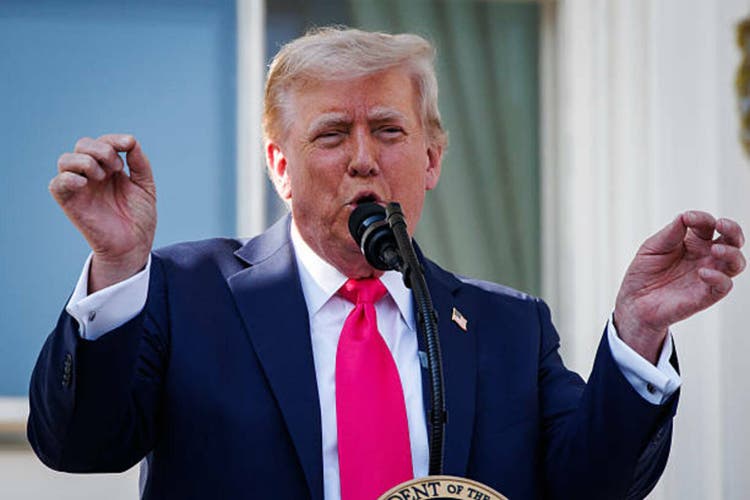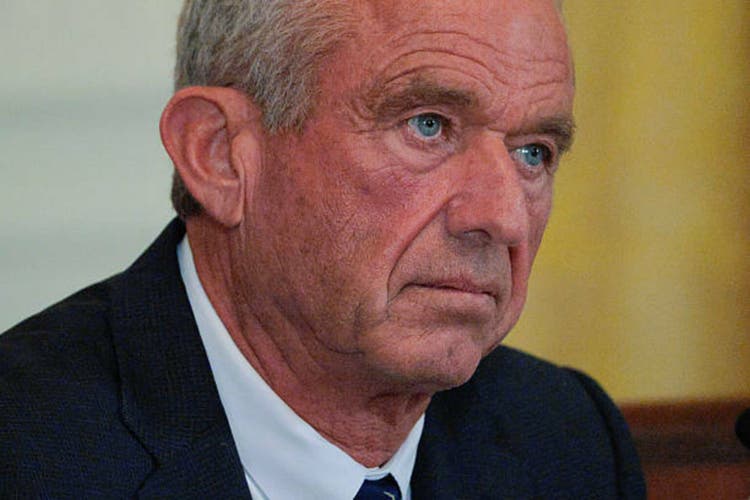Remember post-pandemic, when everyone was desperate to travel, dine out, and buy everything they'd missed during lockdowns? That era of "revenge spending" is over. Now, Americans seem to be channeling that same intensity into bulking up their savings in a period of economic uncertainty, with "no buy" challenges trending and savings rates spiking.
Even high earners are cutting back on travel and non-essential purchases to boost their cash reserves—a clear sign that economic anxiety has replaced post-pandemic FOMO as the driving force behind financial decisions.
The American Shift From Splurge to Purge
The marked increase in savings rates isn't just a psychological shift—there are real economic pressures pushing Americans toward saving more. Trump administration tariff policies have created market volatility and increased retail prices. CEO confidence collapsed in the second quarter of 2025—the worst quarter-to-quarter drop in 50 years—and 64% of CEOs expected economic conditions to worsen over the next six months, more than four times as many as earlier in the year. The average unemployment period has stretched to more than five months, with the median time unemployed up about a fifth since 2022.
Even households earning more than $200,000 annually are feeling the pinch, reducing non-essential purchases and travel budgets from 2024. In May 2025, about 37% of Americans reported saving more money, a figure that rose to over 44% for those earning $125,000 or more. In addition, the trend is real among Gen Z: an Intuit Inc. (INTU) survey revealed that 59% of those aged 18 to 25 said having enough money put aside was a top priority.
Should You Join the Spending Avengers?
The short answer is probably yes, but with some important caveats. Building an emergency fund is sound advice at any time, but especially in today's uncertain economic climate—experts recommend having an emergency fund of six to 12 months' worth of expenses (see our special report on how much you should save).
However, many Americans still don't understand the best places to park their savings. A May 2025 Santander survey found that only 35% of American adults understood that high-yield savings accounts are less risky than investment accounts, which don't come with Federal Deposit Insurance Corporation backing. Higher yields for savings accounts could be drawing Americans to put more money away, but seven in 10 told Santander they didn't know about them (about 4.0% annual yield, 10 times the national average).
If you want to start "revenge saving," here are some suggestions experts often provide:
- Automate the process: Begin by increasing your savings rate by just 1% over what you're currently saving (even if that's zero), then bump it up another 1% every six to 12 months. This makes it more feasible and helps you feel the pinch far less, helping you keep on track.
- Consider "challenges" to put more aside: You can pair your regular savings with occasional "no-buy" months, use the "24-hour rule" of waiting before any non-essential buy to fight urges, and embrace the "one in, one out rule" (donating one item for each one you buy).
- Consider creating separate funds for different goals: One can be for emergencies, another for vacation, and another for a big purchase like a home or car down payment, so you're less likely to touch your emergency fund.
- Cancel your wasted subscriptions: A May 2025 CNET survey found that more than 60% of subscribers are rethinking their paid subscriptions because of the economy (26% have already canceled at least one). Maybe you should, too: "On average, subscribers reported spending $17 a month for subscriptions they don't use, adding up to more than $200 a year."
The Bottom Line
The shift from revenge spending to revenge saving reflects Americans' growing awareness that financial security matters. With economic uncertainty likely to continue, building a robust emergency fund isn't just trendy—it could mean keeping up with your bills should a financial disaster strike.
.png)
 3 weeks ago
3
3 weeks ago
3











 English (US) ·
English (US) ·